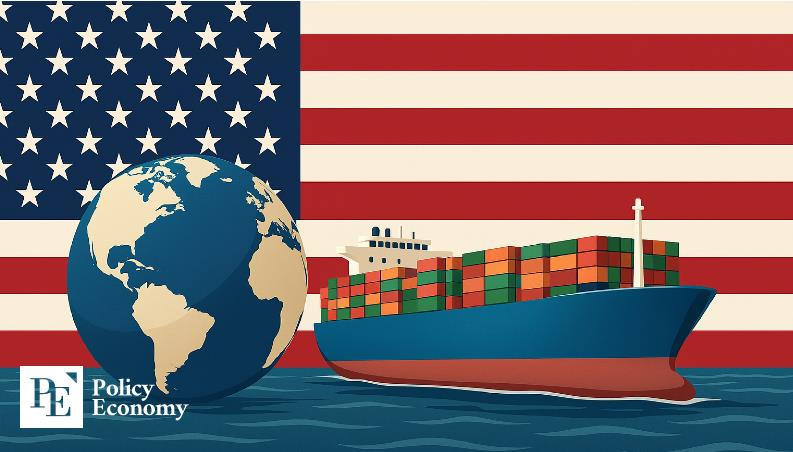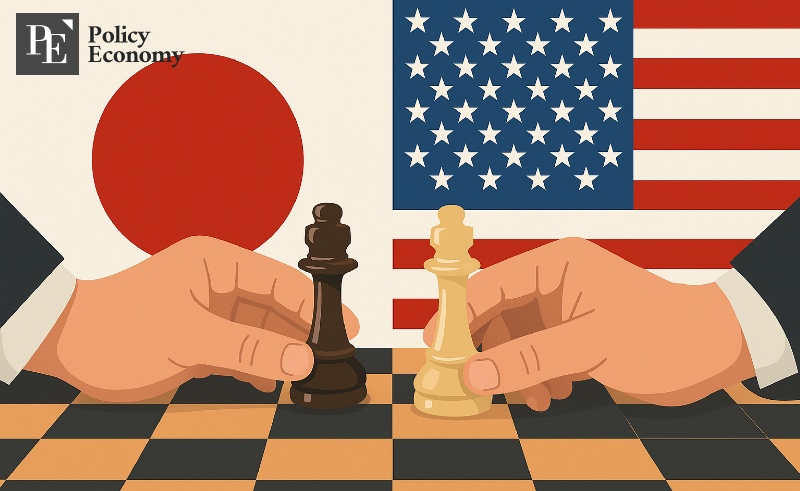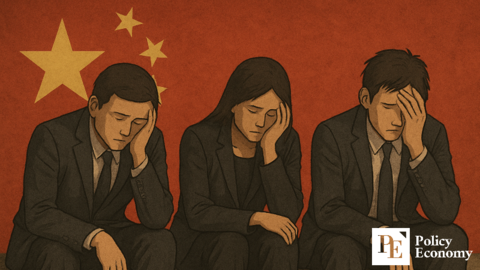Trump's 90-Day Tariff Gambit: Can Allies Be Swayed with a Package Deal?
Input
Modified
An Overloaded Agenda and a Compressed Timeline Linking Tariffs, Troops, and Trade in a "One-Stop" Deal Global Counterstrategies and Shifting Leverage

U.S. President Donald Trump has announced a 90-day delay in implementing reciprocal tariffs, stating his intent to negotiate bilateral trade deals with individual countries. While the move aims to avoid immediate trade clashes, it has sparked widespread skepticism among diplomats, economists, and trade experts. With Washington facing internal staffing shortages and external time constraints, many observers doubt the feasibility of securing complex agreements in such a narrow window—especially when the negotiations involve not just tariffs, but also defense burden-sharing and energy partnerships.
An Overloaded Agenda and a Compressed Timeline
According to diplomatic sources on April 14, the international community is increasingly questioning whether the Trump administration's “90-day tariff negotiation” plan is realistic. Bilateral trade talks typically take months or even years to conclude, and the idea of launching such talks simultaneously with dozens of countries is widely seen as impractical. Experts also point out that this round of negotiations extends well beyond tariffs. Issues like military cost-sharing and strategic energy cooperation are entangled in discussions, raising both the stakes and complexity of any potential deal.
Wendy Cutler, former Deputy U.S. Trade Representative and now Vice President at the Asia Society Policy Institute, emphasized the importance of seriousness in trade negotiations. “There is no way to reach a comprehensive agreement with countries around the world within the proposed time frame,” she said, citing the U.S.–Korea Free Trade Agreement (KORUS) revisions during Trump’s first term, which took over eight months just to amend provisions on automobiles and steel.
News reports have underscored the growing gap between the administration’s ambitions and its operational capacity. Reuters reported that Trump’s trade team aims to open negotiations with at least 90 countries in 90 days, a target experts have dismissed as implausible. As a symbolic example of logistical strain, the outlet noted that while EU Trade Commissioner Maroš Šefčovič was planning a trip to Washington, Treasury Secretary Scott Besent, the key U.S. counterpart, would be abroad in Argentina at the same time.

Linking Tariffs, Troops, and Trade in a "One-Stop" Deal
In parallel with the tariff delay, President Trump has unveiled a broader strategy to bundle trade issues with defense and energy policy, particularly in negotiations with key allies. During an April 10 meeting at the White House, Trump remarked, “We spend hundreds of billions of dollars every year for allies like South Korea and Japan, but they pay us nothing,” adding that “defense costs are unrelated to trade, but we will make them part of the negotiations.” He described this approach as “one-stop shopping,” signaling his intent to conduct comprehensive, transactional negotiations.
In a phone call with Acting President Han Duck-soo of South Korea, Trump reportedly proposed tying U.S. troop deployment costs to tariff discussions. U.S. officials have floated the idea of offering limited trade benefits in exchange for increased defense contributions from Seoul. However, the South Korean government has pushed back, asserting that defense and trade must remain separate. South Korea is instead seeking to strengthen its position through cooperation in strategic industries such as steel and semiconductors.
Japan, which began talks earlier, is already engaged in a broader dialogue that includes defense burden-sharing. Chief Cabinet Secretary Yoshimasa Hayashi acknowledged Trump’s remarks, affirming that the U.S.–Japan alliance remains the cornerstone of Japan’s foreign and security policy. Previously, Trump had proposed reciprocal tariffs of 24% for Japan, close to the 25% rate proposed for South Korea.
According to sources, both the U.S. Trade Representative (USTR) and the Treasury Department are working to develop country-specific negotiation plans. However, the process faces obstacles due to staffing shortages, including the temporary vacancy in the Treasury’s international affairs leadership—a key position currently being managed in an acting capacity.
Global Counterstrategies and Shifting Leverage
Analysts believe several countries are pursuing a strategy of delayed negotiations to pressure the U.S. into making greater concessions. Inflation triggered by tariff threats has already begun to take hold in the United States, putting Washington on a tighter timeline. Rising U.S. Treasury yields following the initial tariff announcements have been interpreted as a loss of investor confidence—one of the factors behind the Trump administration’s decision to pause implementation.
Japan is taking full advantage of the moment, framing its negotiations as part of a comprehensive partnership. In a phone call with Trump, Prime Minister Shigeru Ishiba called for “a broad-based partnership that benefits both sides, including increased investment.”
The European Union is preparing its own strategy by focusing on trade imbalances and industrial protections. While it formally welcomed the U.S. tariff delay, it underscored that protecting European industry would be its foremost objective in any future negotiations.
South Korea, for its part, is leveraging strategic industry support and foreign direct investment, including high-profile commitments from firms like Hyundai Motor Group, as key negotiation assets. As global players calibrate their positions, Washington’s 90-day clock continues to tick—and with it, the growing pressure to secure results under tightening constraints.





















